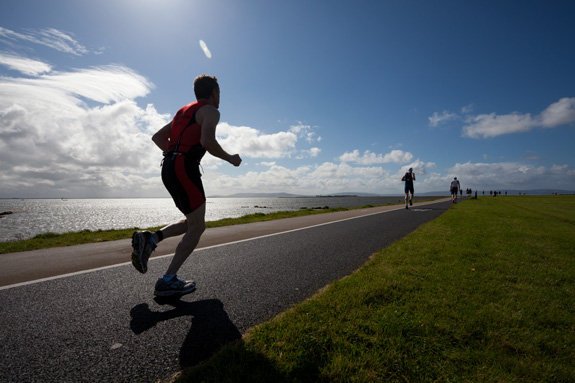CDC: 1 In 2 With Disabilities Physically Inactive

A new CDC report finds that most adults with disabilities are not getting the recommended level of regular physical activity. The federal agency says health professionals and community leaders need to work with those with disabilities to help them overcome barriers to fitness and recreation. (Shutterstock)
In what federal health officials say is a call to action, a new study finds that nearly half of adults with disabilities are physically inactive putting their health in serious jeopardy.
Researchers from the U.S. Centers for Disease Control and Prevention found that 47 percent of those with disabilities ages 18 to 64 get no aerobic physical activity. Another 22 percent exercise some but not enough.
The significant number of individuals with disabilities who are inactive is particularly alarming, researchers said, because they found this group is 50 percent more likely to report having a chronic condition like cancer, diabetes, stroke or heart disease.
Advertisement - Continue Reading Below
“Physical activity is the closest thing we have to a wonder drug,” said Tom Frieden, director of the CDC. “Unfortunately, many adults with disabilities don’t get regular physical activity.”
The findings reported Tuesday in the CDC’s Morbidity and Mortality Weekly Report are based on interviews with over 83,000 adults across the country including more than 10,000 with disabilities conducted as part of the National Health Interview Survey between 2009 and 2012. Individuals were considered to have a disability if they reported having serious difficulty with walking or climbing stairs, hearing, seeing, or concentrating, remembering or decision making.
Adults with disabilities are 82 percent more likely to be physically active if their doctor recommends it, the study found. However, just 44 percent of those who visited a doctor in the last year said they received such advice.
The CDC recommends that adults get at least two-and-half hours of moderate intensity physical activity each week. Most people with disabilities can exercise, researchers said, though they acknowledged that there are many known barriers unique to this group including accessibility concerns, difficulty finding appropriate exercise programs and a lack of knowledge among fitness professionals about working with those who have special needs.
“The key message is that some activity is better than none,” said Dianna Carroll, an epidemiologist with CDC’s National Center on Birth Defects and Developmental Disabilities who led the study.
Carroll said that people with disabilities, their advocates and health professionals all have a role to play in ensuring that those with special needs become active in a way that’s most appropriate for them. The CDC is launching a page on its website dedicated to helping doctors and health professionals understand how to encourage greater physical activity among their patients with disabilities.
“Everybody can benefit from physical activity,” Carroll said.
Read more stories like this one. Sign up for Disability Scoop's free email newsletter to get the latest developmental disability news sent straight to your inbox.


